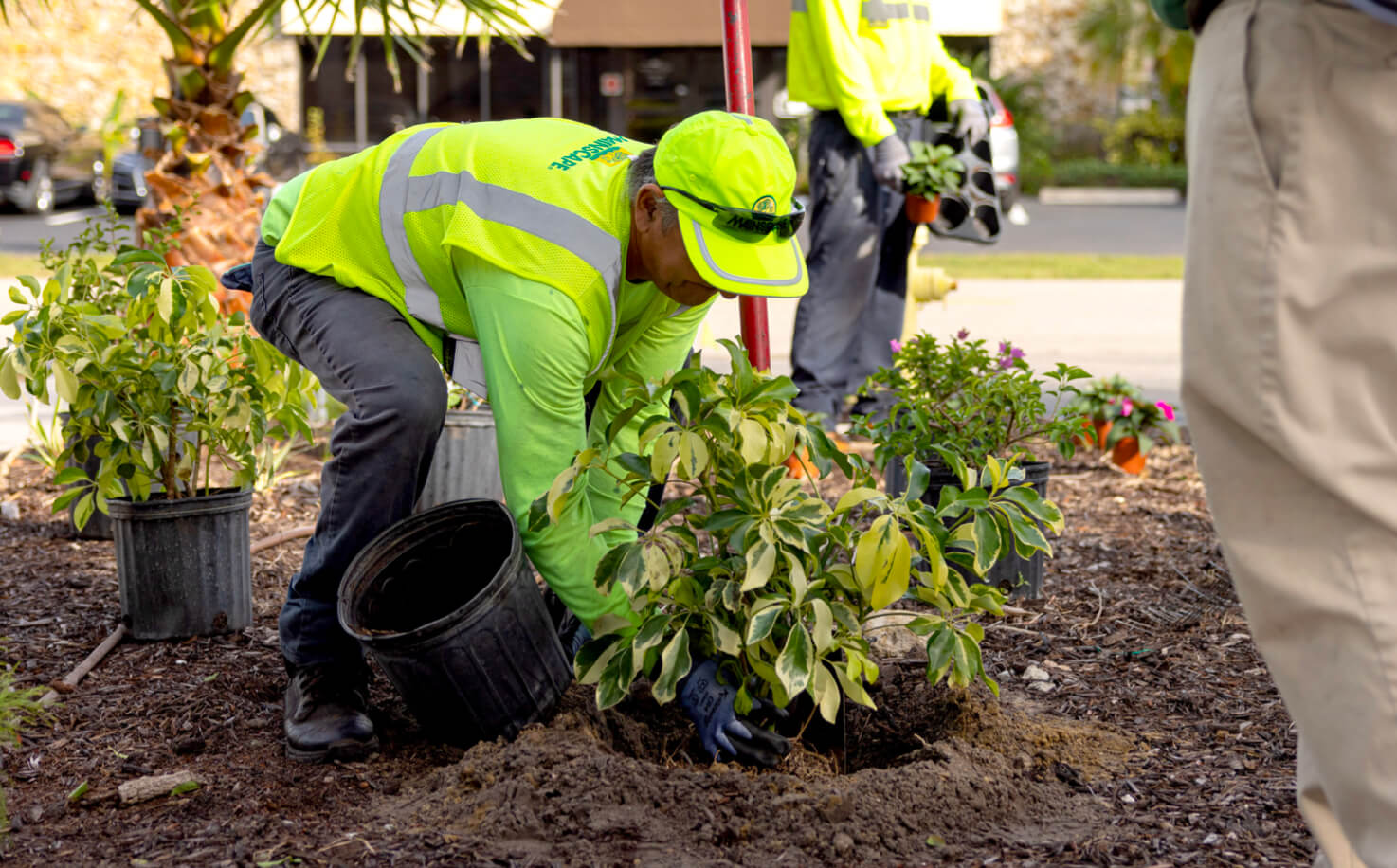“The right plant in the right place” is a guiding principle in landscape design. Following this principle can prevent many common problems we find in landscapes. It has the potential to reduce burdensome maintenance requirements. Designing a landscape is truly both art and science considering the many aspects which impact landscapes.
To start, look at the planting site and consider these questions about the plants you desire to have:
- Function: What do we want the plants to do?
- Aesthetics: What do we want the plants to look like?
- Environment: What conditions does the plant need to grow?
Plants may serve one or multiple functions in the landscape including human comfort, screens and barriers, erosion control and even noise and odor control. The purpose of a planting will determine the size, shape, density, and rate of growth desired.
Curb appeal is a major factor in property values. The aesthetics of your plant choices will impact the extent of curb appeal. Colors and textures of surrounding structures can be considered when choosing plants. There is no shortage to choose from. Also, think about the form or growth habit of a plant. Choosing an appropriate space for the size of your plants will ensure they are able to grow to full size, bloom, and remain healthy.
And don’t forget the wildlife attracted by plants, both good and bad. Drawing butterflies and hummingbirds is terrific, but rabbits and deer may damage your landscape. Environmental consideration encompasses many areas and is deeply scientific. Professional landscapers and home gardeners should carefully review these items when determining plants for installation:
- Soil Characteristics
- Light Levels
- Water Quality and Accessibility
- Hardiness Zones
- Temperature Ranges
- Wind/Salt Tolerance
- Pest and Disease Threats
- Maintenance and Cultural Practices
- Life Span
Creating great landscape experiences is again both art and science. Making the right choices will result in healthier, long-lived, low-maintenance, and less expensive landscapes that can be enjoyed for years. If you need help with your landscape, reach out to one of our professionals today.
